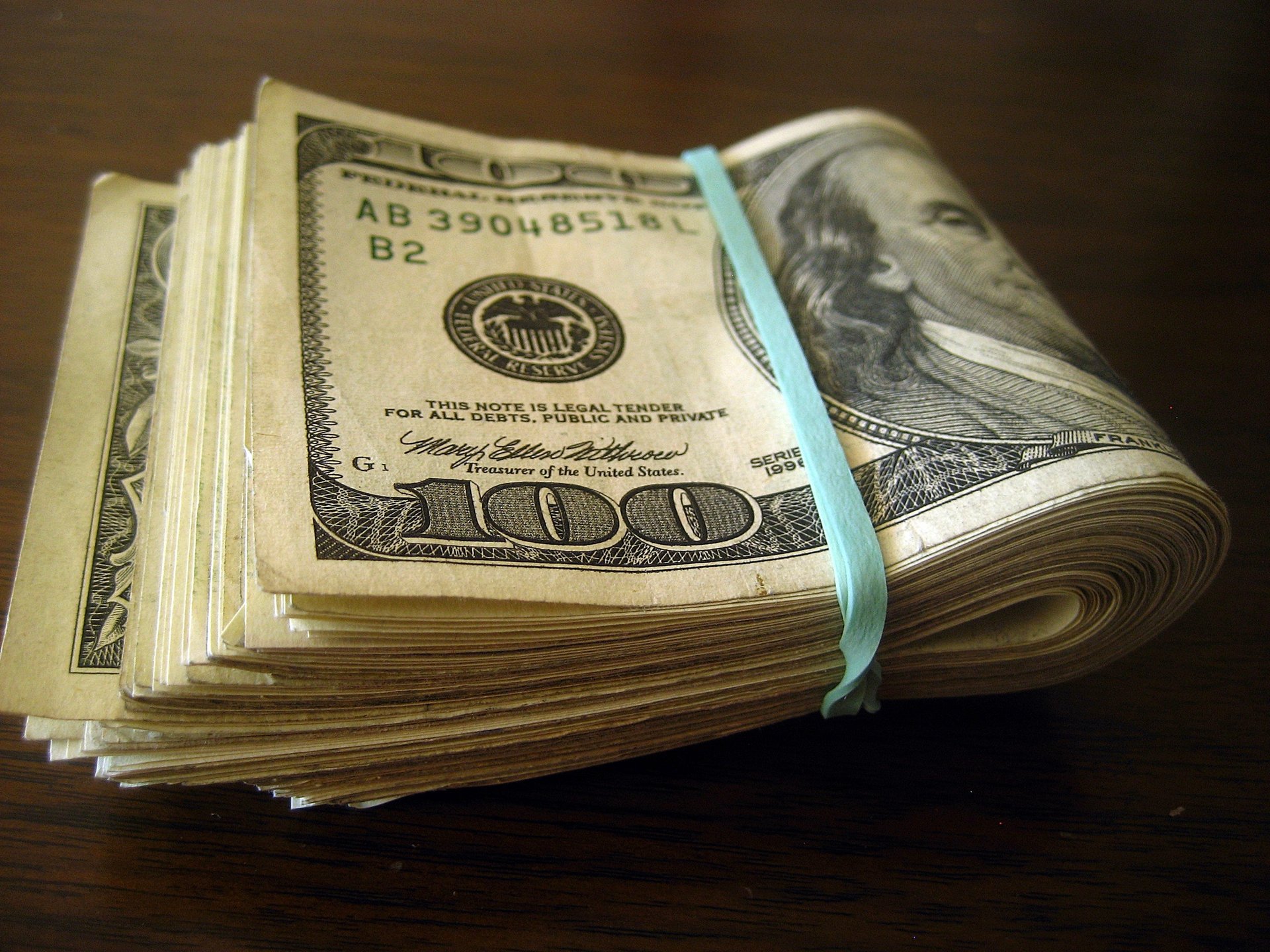The US dollar is the strongest it’s been since 1986
It was the era of Top Gun and “Walk Like an Egyptian.” The year of Iran-Contra affair, the Chernobyl leak and the tragic Challenger explosion. The launch of the Mir space station and the Oprah Winfrey Show.


It was the era of Top Gun and “Walk Like an Egyptian.” The year of Iran-Contra affair, the Chernobyl leak and the tragic Challenger explosion. The launch of the Mir space station and the Oprah Winfrey Show.
1986 was also the last time the US dollar was about as strong as it is now. This chart shows the dollar’s real effective exchange rate—its value against a trade-weighted basket of currencies, adjusted for inflation.
Those are some headwinds that president-elect Donald Trump will be sailing into in his quest to revive US growth. The president-elect’s promise of 4% average annual growth and 25 million spanking new American jobs over 10 years largely swivels on his plan to slash the US trade deficit.
Trump’s success, in other words, depends on what the dollar does. And right now, it’s freakishly strong, having risen 25% against its major trade partners’ currencies since mid-2014.
Anything as overvalued as the dollar should snap back to reality. But when? Unfortunately, relatively higher US interest rates—the Fed just hiked its benchmark rate, and plans a couple more this year—will likely pull in money from abroad. Tax changes planned by Trump and Congress would likely push the dollar up, too.
The economic and financial risks here are asymmetric, says Tom Holland, analyst at Gavekal, a financial research house headquartered in Hong Kong. The dollar’s steep climb is recent. Falling nearer to its long-term average would only have a neutral effect on economic activity—making US exports as competitive as they had been, not more so. “But a further move higher in an already strong dollar could be very damaging for global trade and capital flows, and for financial markets,” Holland says.
To be fair to Trump, the president-elect wants to make the dollar—and, hence, US exports—relatively cheaper by forcing trade partners to stop “currency manipulation,” meaning, deliberately devaluing their currencies to advantage their exports and suppress their own import demand.
This hectoring might have stood a chance of success the last time America suffered a painful flare-up of dollar strength. In the early 2000s, a slew of Asian countries were indeed manipulating their currencies, buying up dollars to make their own goods artificially cheap. These policies put millions of US workers out of jobs, especially those in manufacturing.
But that isn’t the case now. While currencies of US trade partners are plummeting—just look at the pound’s drop by some 21% since the Brexit vote—those declines aren’t intentional, says Meg Lundsager, a public policy fellow at the Wilson Center and former US executive director at the IMF.
“If anything many countries are running down their foreign exchange reserves to prevent from dropping further,” says Lundsager. Instead of buying dollars, they’re selling them in a bid to prop up their own currencies’ value.
“With the US growing, and the Fed raising interest rates, I expect the dollar to stay strong,” she says. “That means the US trade deficit will get worse, but it will have nothing to do with anyone else manipulating their currency.”
Image above by Flickr user 401(K) 2012, licensed under (CC BY-SA 2.0). Image has been cropped.